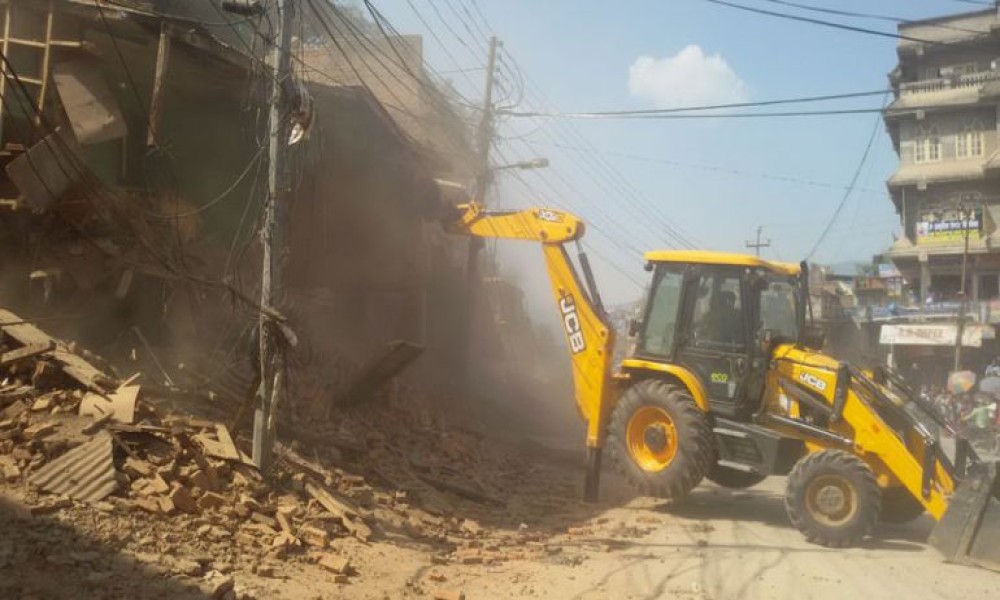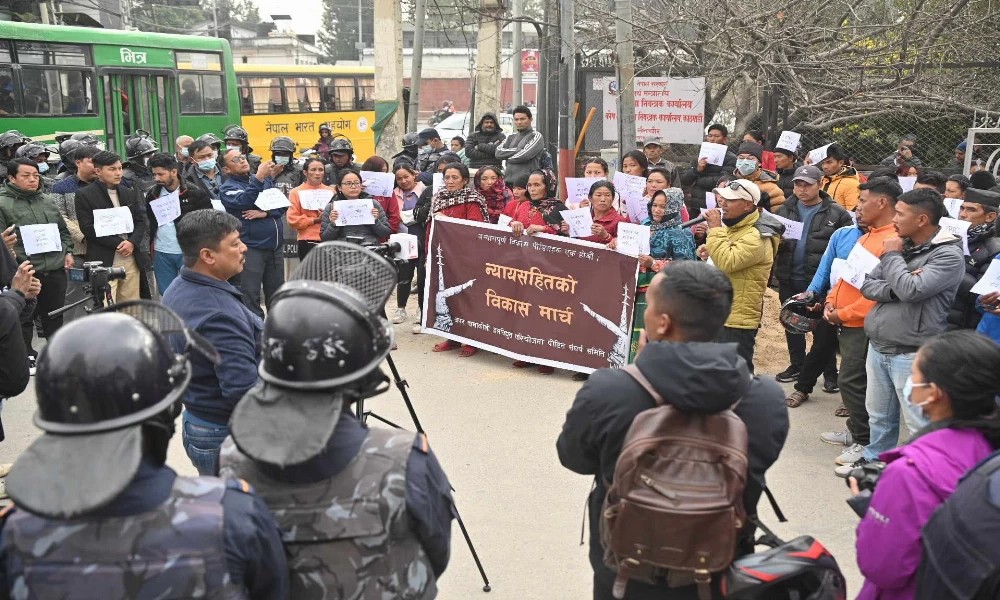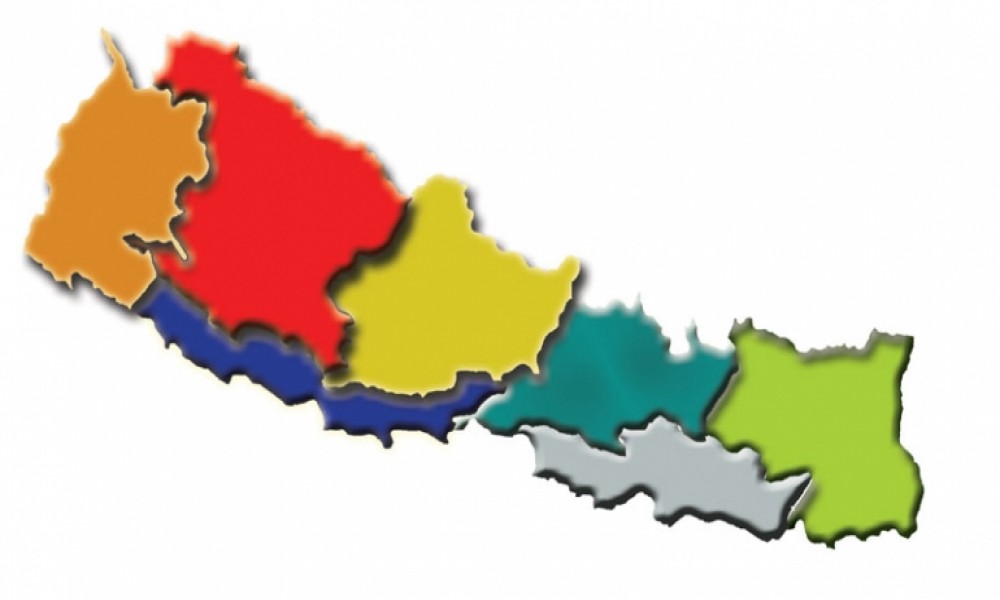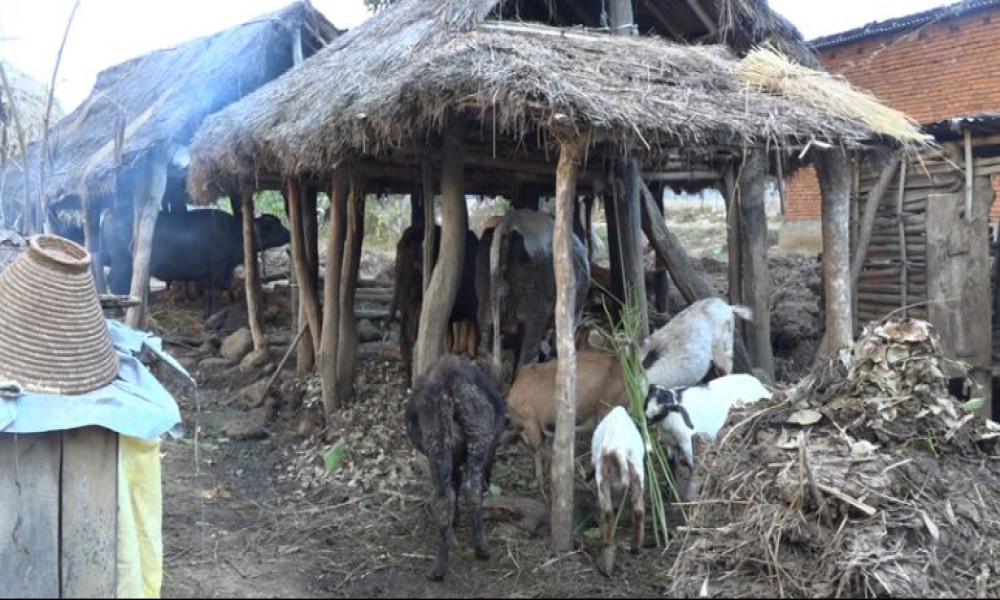Yes, it was a banda in Kathmandu Valley. Yes, despite the banda, the Valley did not come to a standstill.
But that is not just what it is. There is more to the general strike called by the native citizens of the Valley on 4 January 2016 against the unscrupulous widening of roads.
Unlike political parties, the struggle committee of indigenous people -- whose house, temples and community buildings are being bulldozed in the name of widening roads – did not set fire to a single taxi, vandalise a single bus or ransack a single shop.
the struggle committee of indigenous people -- whose house, temples and community buildings are being bulldozed in the name of widening roads – did not set fire to a single taxi, vandalise a single bus or ransack a single shop.
The committee just made an appeal to the Valley residents to close down their businesses for a day. And most of the native citizens indeed pulled down the shutters of their shops – something never seen before during any of the previous strikes. Public transport entrepreneurs did not also ply their buses. The valley did not ground to a halt, but life was certainly affected.
The committee members and supporters staged peaceful demonstrations in several parts of the valley, and police brutally quelled protests by detaining nearly 100 protesters. Some of them were beaten up as they were bundled up into police vans.
The mainstream media dubbed the strike as a failure, and demonized the indigenous community by portraying them as the anti-development folk. Encouraged by the media reports, the government declared that it would not halt the ongoing road expansion drive.
The way the government responded to the indigenous community's demands, and the way the media covered their strike, does not bode well. The government's indifference, emboldened by a biased media industry, could actually encourage indigenous people, or any other community or group, to resort to violence to get their demands addressed.
The mainstream media dubbed the strike as a failure, and demonized the indigenous community by portraying them as the anti-development folk. Encouraged by the media reports, the government declared that it would not halt the ongoing road expansion drive.
Kathmandu's native Newars, one of Nepal's 59 indigenous communities, are not anti-development. They are not stupid to oppose the widening of roads because they know that wide streets will eventually benefit them as it will increase the prices of their lands and properties.
They are protesting the government's road widening drive because it is being carried out haphazardly, without assessing its social and cultural cost. Bulldozers are mowing down heritage structures like temples and shattals (roadside rest place).
Bhusan Tuladhar, a renowned urban planner in Kathmandu, has posted the photo on Twitter of an ancient shattal bulldozed in the name of widening the road. He tweeted: "Heritage is being destroyed to widen roads. This sattal (pedestrian facility) in Panauti was bulldozed to make room for cars. This is crazy".
Heritage is being destroyed to widen roads. This sattal (pedestrian facility) in Panauti was bulldozed to make room for cars. This is crazy.
Houses of indigenous people are also being bulldozed, and there is no compensation for them. The road expansion drive is in violation of the ILO Convention 169, which Nepali is a party to. The convention requires the government to secure the Prior Informed Consent of Indigenous People before carrying out a project that could potentially affect their culture and livelihood.
Indigenous community's strike is also against the violation of the UN treaty that the government itself signed and ratified.









